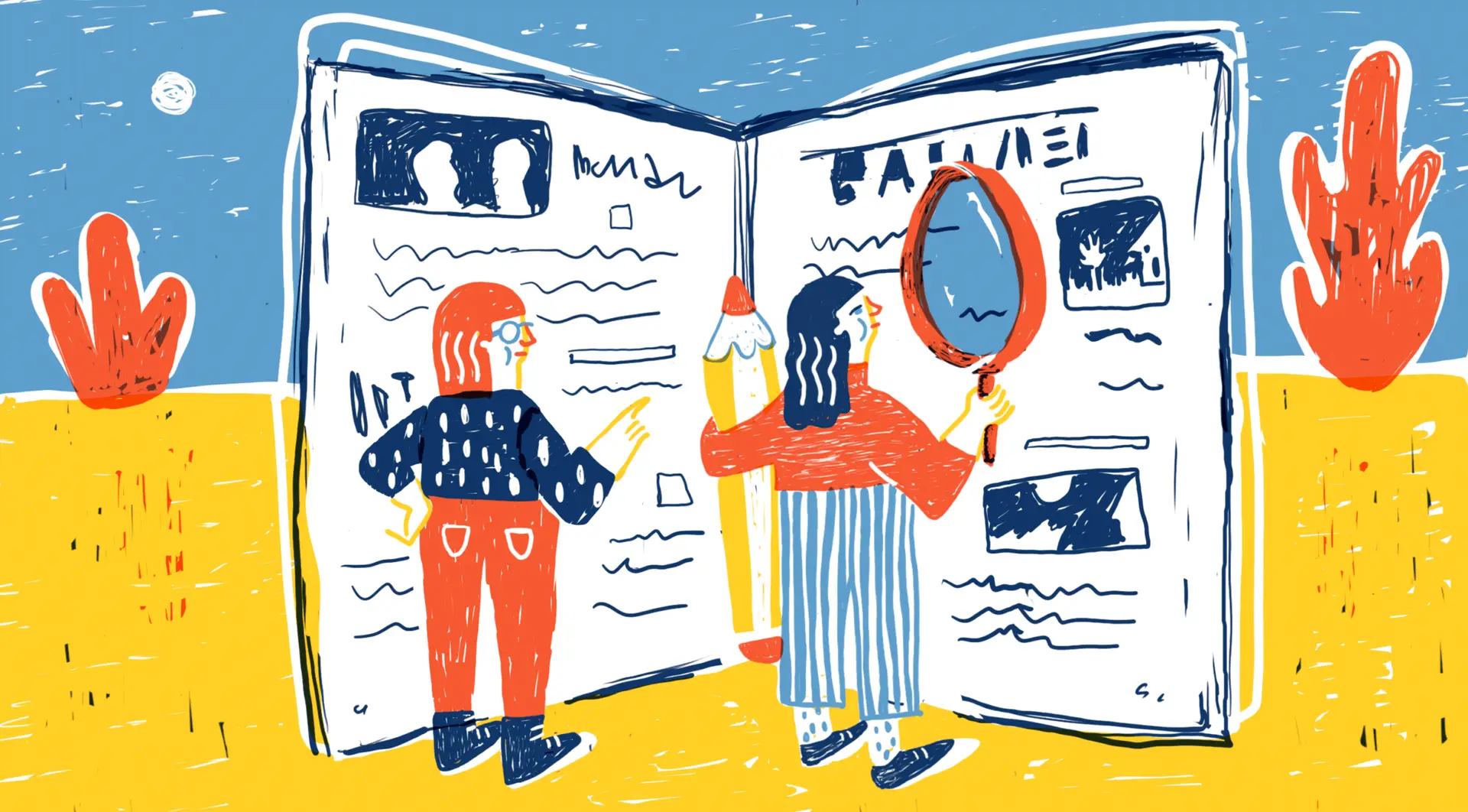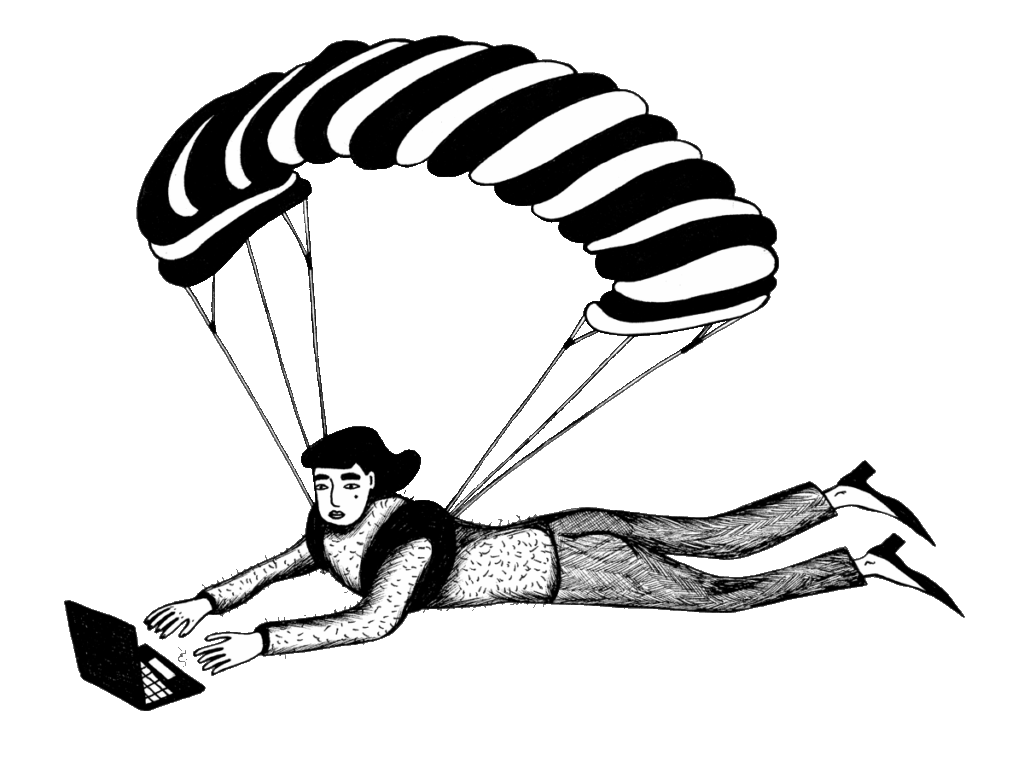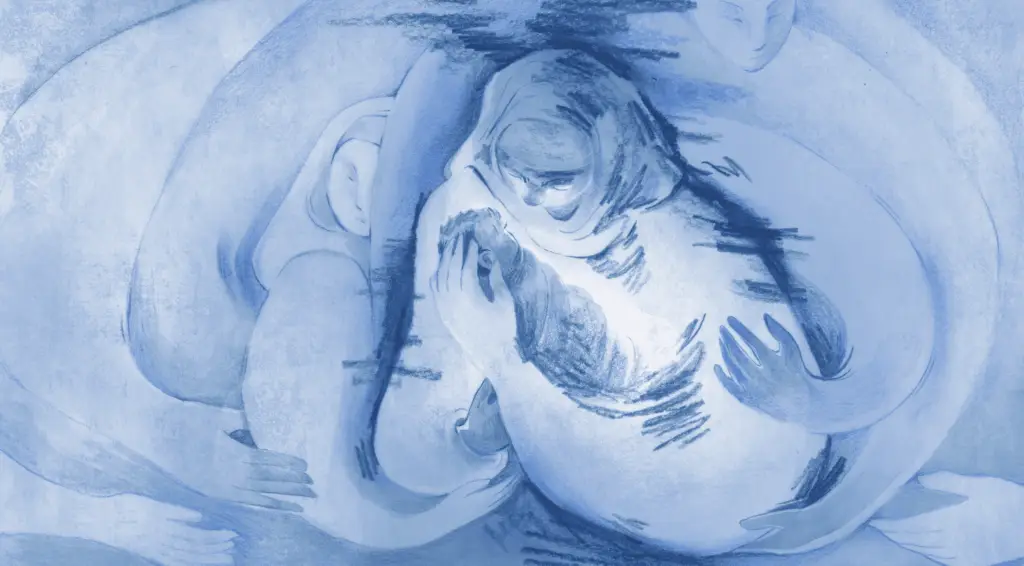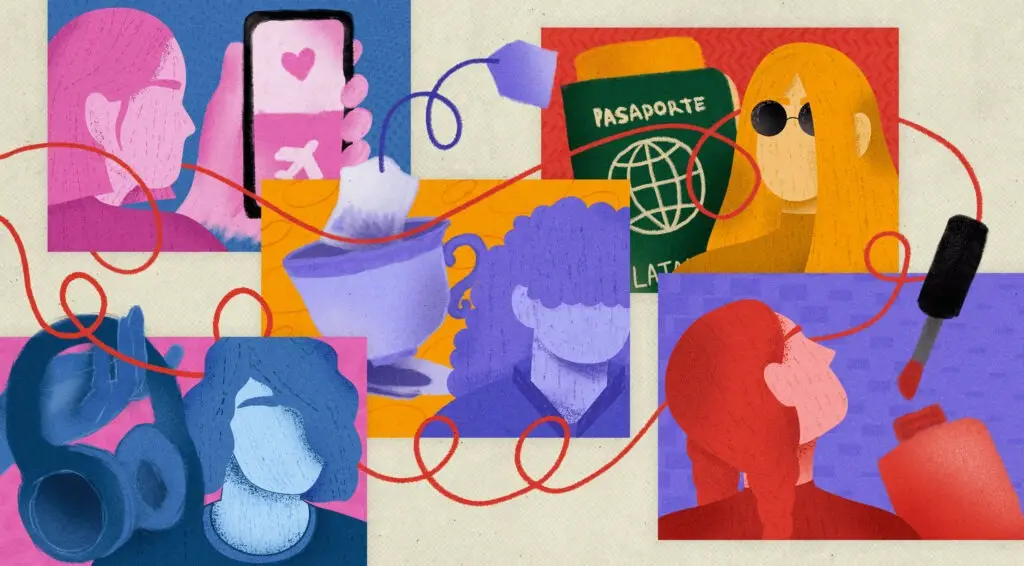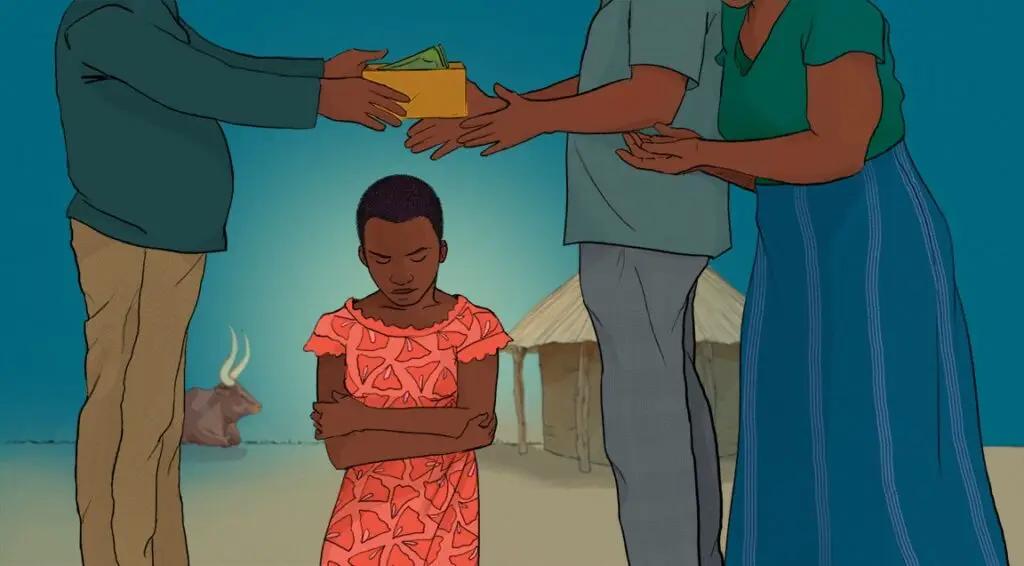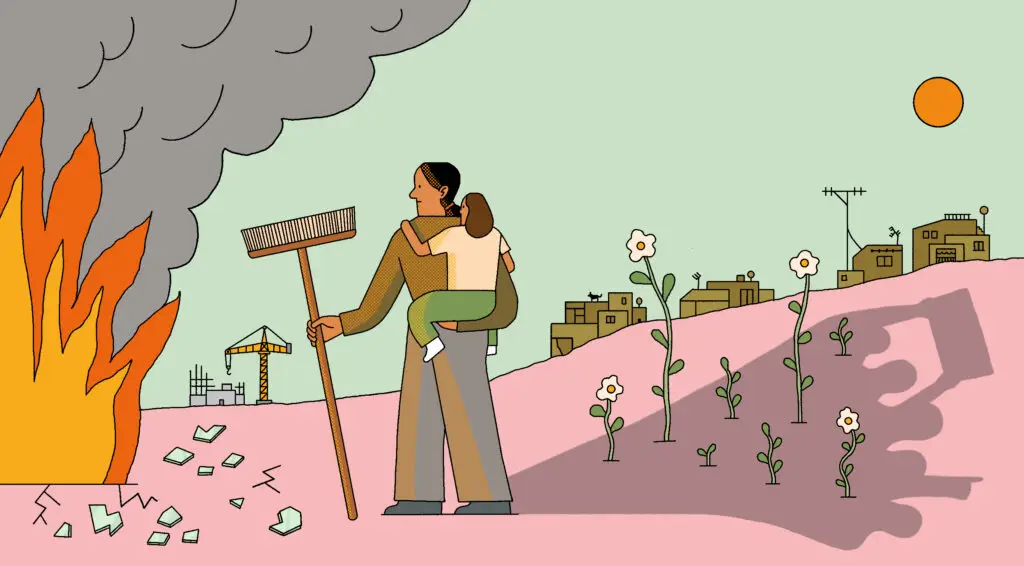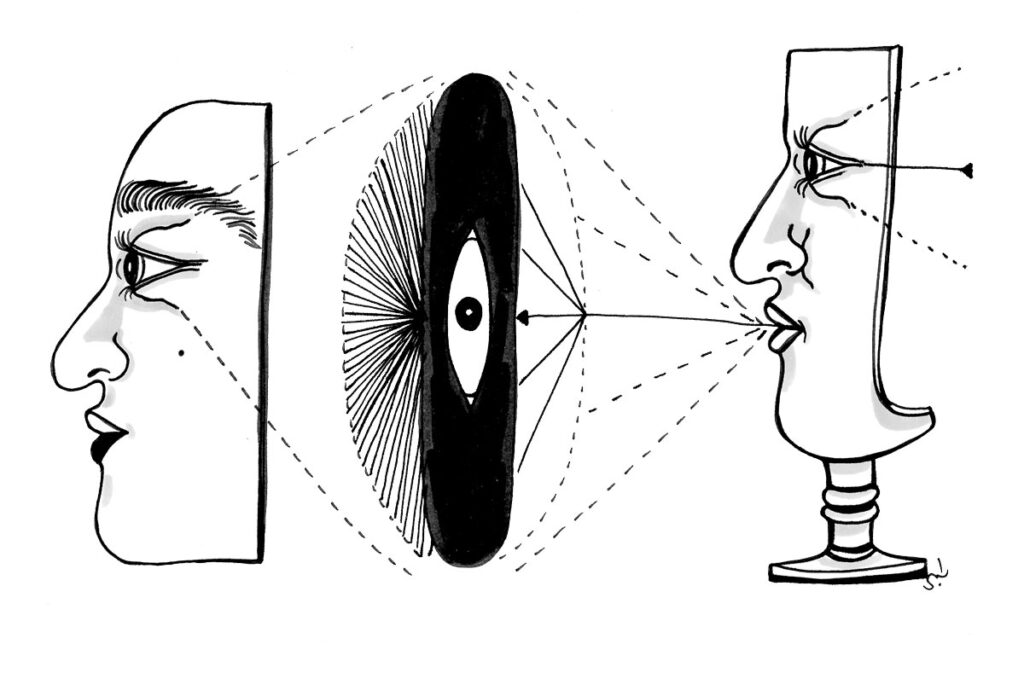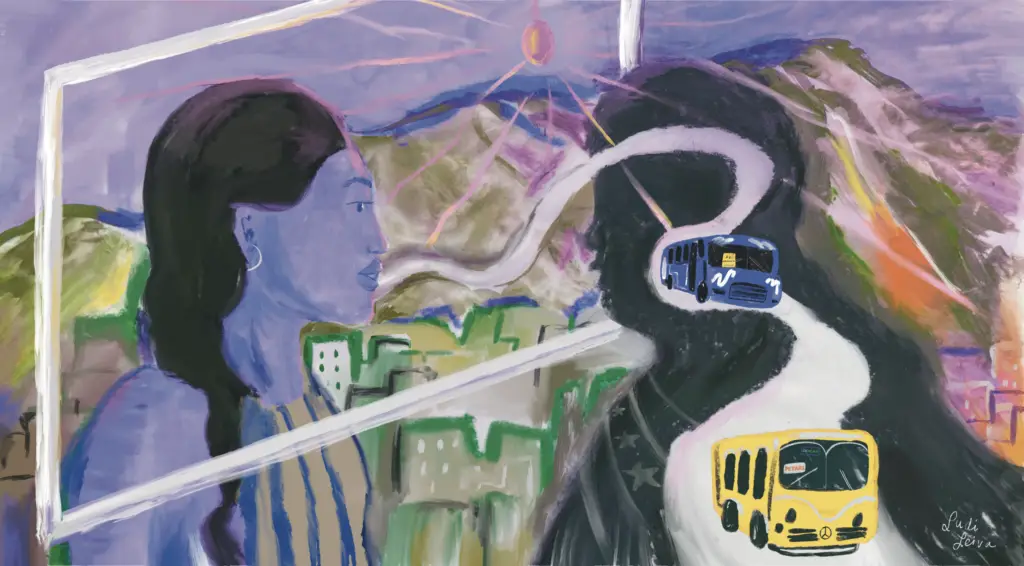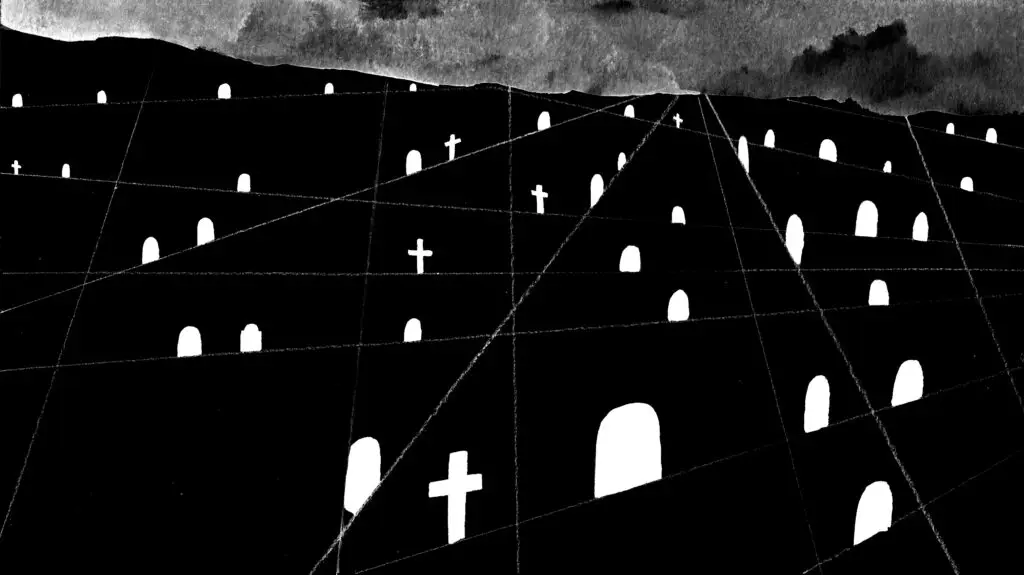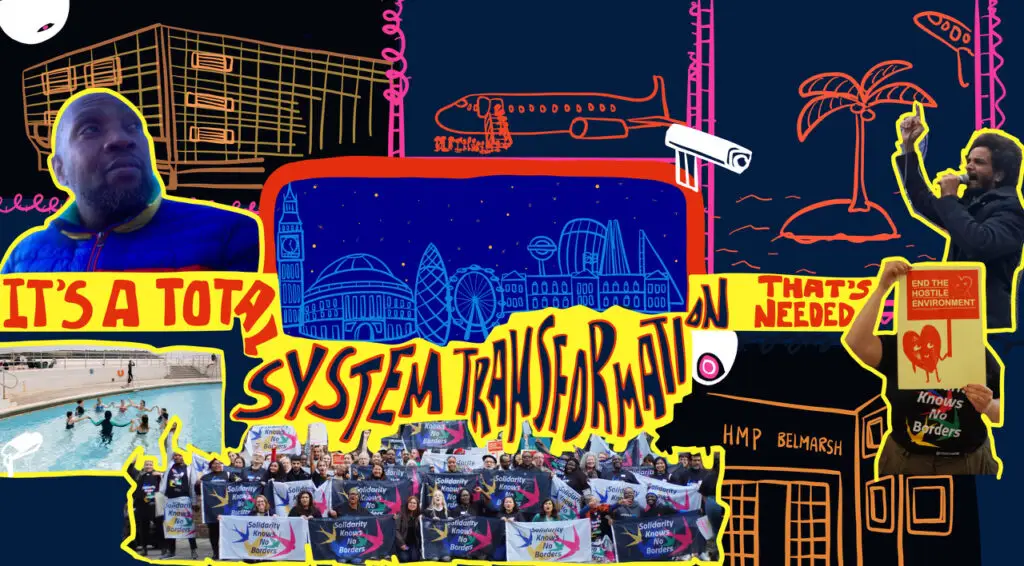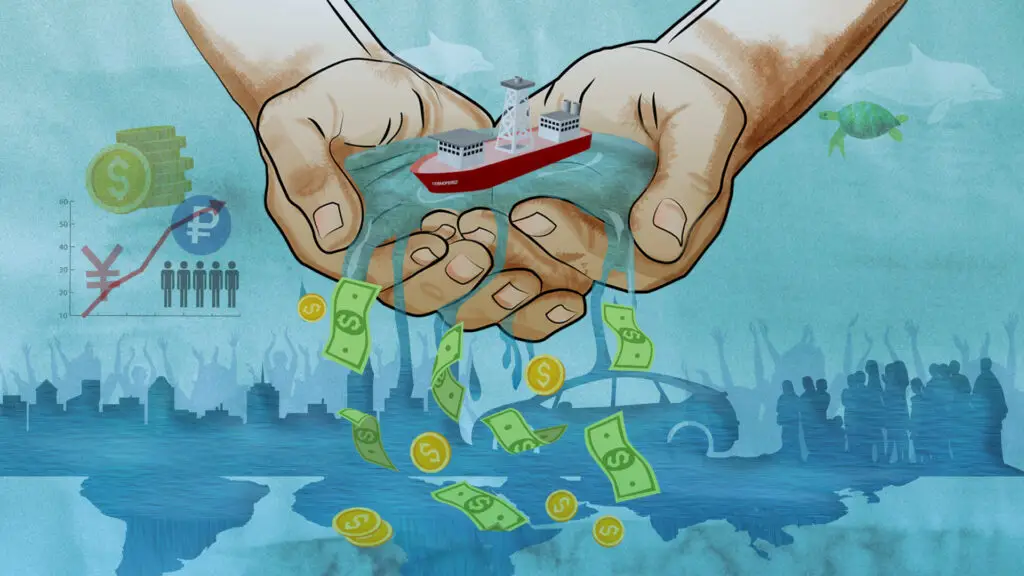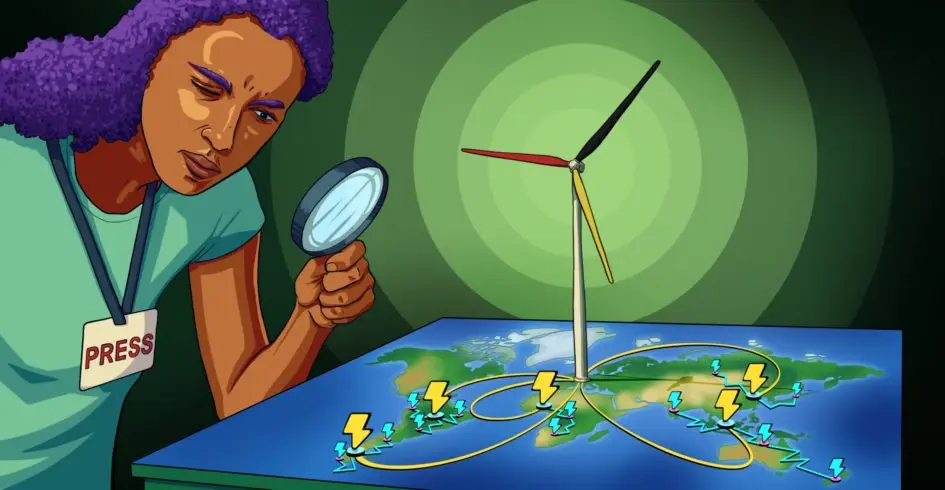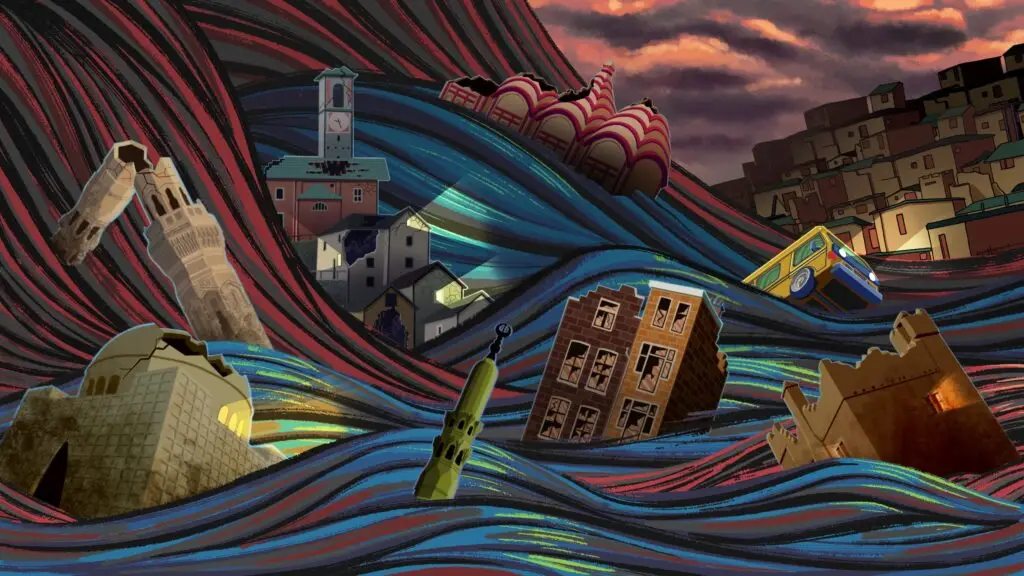After being reported missing for over two weeks with her boyfriend, forest engineering student Rosario Ponce, 26, was found alive in the Andes of Arequipa, in the south of Peru. The search for her and her partner, Ciro Castillo, generated such public interest that her discovery caused not relief but the beginning of a media campaign portraying her as a possible murderer and a femme fatale.
Following the disappearance of Ciro Castillo, the media built up a negative and suspicious image surrounding Rosario Ponce because, apparently, she did not behave like a “woman in love”. They started publishing stories about her ex-partners, her motherhood, her way of dressing, laughing, and her fondness for parties.
It was 2011 and in Peru, the press was rarely criticized for sexism. There was no significant questioning concerning how cases of gender violence, such as rape and femicide, were reported. On the contrary, they were portrayed as isolated police cases and written based on morbid and macho ideas.
It was 2011 and in Peru, the press was rarely criticized for sexism. There was no significant questioning concerning how cases of gender violence, such as rape and femicide, were reported. On the contrary, they were portrayed as isolated police cases and written based on morbid and macho ideas.
The Peruvian situation
Peru is one of the most unequal countries in Latin America. Added to this, the figures of gender violence are horrifying. According to the Ministerio Público (Public Ministry), 1,573 victims of femicide have been recorded between January 2009 and February 2022. In January 2022 alone, 73,139 crimes related to sexual and physical abuse were registered nationwide.
The way the media has represented women over the past decades can also be considered a form of violence. This is in line with the results of a 2019 survey by Consejo Consultivo de Radio y Televisión (Radio and Television Consultative Council), which reveals that 56% of Peruvians believe women are portrayed negatively on national television. Written press is also problematic. In 2018, this same entity carried out a study on different newspaper articles and found that 42.4% of them showed gender bias and stereotypes.
There are currently no state-level and deep data on how LGTBIQ+ people are portrayed in Peruvian media, an absence that shows the need for more extensive investigations regarding sexual diversity.
The birth of the gender editor
I was hired as the first gender editor in a country where 54% of people think it is okay for men to hit their female partners "for being unfaithful" and where 29% believe that women deserve sexual harassment if they wear miniskirts.
As a solution to the problems associated with macho culture and misogyny in journalism, the incorporation of a gender editor was done for the first time in 2017. The New York Times announced journalist Jessica Bennett as the first woman in the world to assume this unprecedented position in newsrooms. A year later, Spain followed, and, in 2019, Argentina, presently the country with the largest number of gender editors, did so as well.
Peru did not take too long to catch up with this trend.
In August 2020, I was hired as the first gender editor in a country where 54% of people think it is okay for men to hit their female partners “for being unfaithful” and where 29% believe that women deserve sexual harassment if they wear miniskirts.
When I started this assignment, it was a new position in the Peruvian media. As Bennett said in an interview with Argentinian journalist Miriam Lewin, “there wasn’t a strict rule’’ [about having a gender editor].
However, I was clear about one aspect: what appeared in the press reflected the prejudice of the Peruvian society itself. So if the media, as social agents and opinion makers, are to contribute to “denormalizing” gender violence, we can’t do it half-heartedly.
Ok, but what does a gender editor do?
‘‘Dictator’’ and ‘‘commissioner’’: those were two of the adjectives a well-known journalist used to describe me in an opinion column that criticized my designation. Ironically, that defines exactly what a gender editor is not.
It is not a gender editor’s role to impose, prohibit or veto. A gender editor does not work alone or unilaterally. A gender editor does not punish journalists. A gender editor does not threaten.
It is not a matter of approving articles or rejecting them but of talking, debating, and finding consensus on approaches that respect the right of women to be well represented.
The work of a gender editor is pedagogical, interactive, and cross-cutting. It is not a matter of approving articles or rejecting them but of talking, debating, and finding consensus on approaches that respect the right of women to be well represented. The day-to-day work I do involves exchanges with copyeditors about how to present an event, resolve doubts, propose approaches, provide recommendations, constantly review the content, and to open conversations related to sensitive topics.
Personal opinion versus journalistic duty
In December 2020, as soon as abortion was legalized in Argentina, we spread the breaking news in a celebratory tone. However, there were a couple of writers who messaged me privately, expressing their concern about how to keep this tenor in an article if their personal beliefs were against it.
‘‘Hey Lucia, I am writing to you because I have been commissioned an article on abortion and I wanted to know how to address it if I do not necessarily agree with it’’ said one of those texts. My first response was to thank their honesty, and we immediately started an enriching conversation on the subject.
My position does not agree with that of the above-mentioned journalists. Nevertheless, it was satisfying that the gender approach – as a tool to question ourselves, identify structural inequalities, and capture appropriate representations on aspects such as the legalization of abortion – was working.
I spoke with each reporter individually and listened to their worries. I explained to them that all of us have the right to be for or against the voluntary interruption of pregnancy. But as journalists who apply a gender angle we must recognize the human rights of women and people with the capacity to gestate, and report based on social evidence.
Learning on the job
This episode led me to think that, perhaps, there were other writers with the same dilemmas. So I developed a training on how to report on abortion from a gender and human rights perspective. Then new workshops arose according to the events of interest and current affairs. We have also had training sessions on sex work, sexual harassment, and new kinds of masculinity.
In a nutshell, my job is to develop a journalistic plan to produce information with a strong focus on human rights. It is also part of this strategy to deliver introductory training for new copy-editors and the implementation of the Manual para el tratamiento no sexista de la información (Manual for the Non-Sexist Treatment of Information), a document that includes resources to which journalists can use to refresh theoretical concepts, study examples, or find advice on diverse topics.
This last tool is vital. It shows that the commitment to the transformation of women’s historical representation in journalism is not solely dependent on the gender editor. There are other initiatives such as the implementation of a handbook – or the formation of an advisory committee – to apply a gender sensitive approach to journalism.
Using power to empower
In the nearly two years that I have worked as a gender editor, I have seen that journalists are not only willing to learn about gender sensitivity but have also learned to question their own biases.
Diversity can be measured in journalism through initiatives such as the one promoted by Redacción Énois| Laboratorio de Periodismo. In 2020 and during the Coronavirus pandemic, it trained more than 10 newsrooms in Brazil on management, work culture and journalistic production from a human rights perspective. The newsrooms used different indicators towards the end of the program to gauge how far they had progressed on diversity issues.
In this unprecedented project, numbers made visible what had only been explained in words. Nevertheless, whether measured or not, advances made by incorporating gender and diversity approaches are important and encouraging, even if they can sometimes go unnoticed.
In the nearly two years that I have worked as a gender editor, I have seen that journalists are not only willing to learn about gender sensitivity but have also learned to question their own biases.
With every new assault on women’s rights, specialized and analytical stories surface contributing to public debate. In terms of LGTBIQ+ community representation, we make sure the pronouns of trans and non-binary people are respected, violence that affects them is framed as a social problem, and more inclusive terms and approaches are promoted.
In our coverage of gender-based violence, we avoid images or language that could be lurid or promote stereotypes. We also add in our articles information about resources women can turn to if going through similar experiences. Through our work, we have managed to shake the patriarchal foundations upon which the journalistic profession was founded and developed.
Roadblocks to change
This advancement has also brought with it challenges that I and other gender editors face in making the gender approach just another journalistic principle.
In the media, as in society itself, the field is tilted. A report by the feminist digital media Latfem reveals that women journalists are threatened by different types of violence: “cyberbullying, identity theft, online extortion and threats of prosecution, or xenophobic, racist and sexist comments”.
When the position they occupy has a certain level of visibility, the attacks can increase.
I am aware that what a certain sector of the audience thinks of me is the result of the sexist upbringing and training we have received as journalists in Peru.
To qualifiers like “dictator” or “commissioner”, people add misogynistic insults about my marital status or my physical appearance. In addition to this, I am underestimated as a professional because I identify as a feminist journalist.
The majority of journalists have been educated under the archetype of the lonely, cold reporter who must put up with everything … a kind of ”masculinization” of our idea of the profession we practice. Therefore, it can be difficult to identify and recognize when we, as feminist journalists, feel affected when we are attacked for our way of work.
Recently, another male journalist, an opinion leader very well recognized for his career, wrote a column in which he named me, along with other professional Peruvian women, as people who liked to receive favors from the State. Also, he minimized and mocked the concept of challenging gender-based discrimination, hate speech, and structural racism.
I felt very angry to see how a male, white, wealthy journalist, with the support of his peers, could insult me through an opinion column that had no argumentative support without him being accused of being prejudiced or violent. Quite opposite is the case of feminist journalists: we have to constantly demonstrate our value and are questioned for pointing out the attacks and misogynistic coverage that has been carried out for decades without any of these renowned men of power mentioning it.
The myth of objectivity
For decades, journalists have been taught we must be “objective”. All of us have been raised and educated according to our gender, race or socioeconomic status. And now we are being asked not to present information from the subjectivity of our experiences, privileges or deficiencies.
In contrast to this traditional dogma, feminist journalists defend the idea that one cannot be neutral when it comes to informing and defending the human rights of women and LGTBIQ+ people. Of course, this does not imply giving up basic principles of this profession such as ethics, rigor and reviewing the veracity of facts.
The criticisms against gender sensitive journalism that resort to the idea of ”objectivity” to invalidate the work of feminist journalists are not recent. Entire study plans are built into the faculties of national journalism based on these arguments, where training in gender and diversity issues is still incipient. New journalists, therefore, arrive in newsrooms without the resources to cover information from an equitable, diverse and inclusive standpoint.
As a response, networks and initiatives such as Red de comunicadorxs feministas Perú (Network of Feminist Communicators, Peru) or Observatorio de medios (Media Observatory) are emerging to help transform this reality.
The creation of the position of gender editor, the implementation of manuals, and the organization of workshops for journalists are the first steps towards making journalism egalitarian and diverse. These are especially important in a country like Peru, where the rights of women and other vulnerable communities are still not guaranteed. For this reason, defending and opting for a gender sensitive perspective in journalistic work is a form of resistance, and contribution to a more just society.
About the author
Lucia is a Peruvian feminist journalist working as an editor and columnist specializing in the application of gender and diversity in journalism. She holds a master’s in gender studies and has spoken at conferences about feminism in media, as well as racism in European media. She has also been an instructor for the online course ‘How to promote diversity, equity, and inclusion in Latin American Journalism’ from the Knight Center Journalism in partnership with Google News Initiative.
Twitter: @lamenstruante

